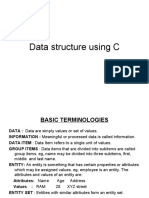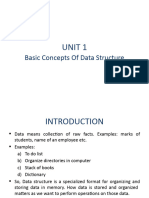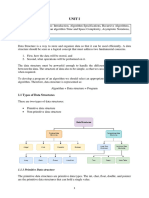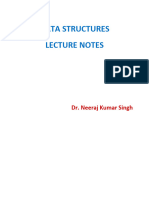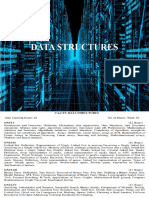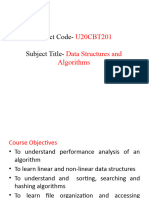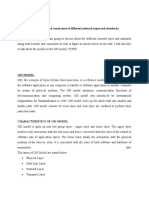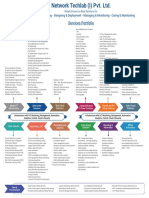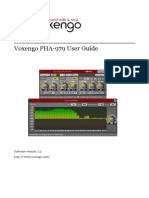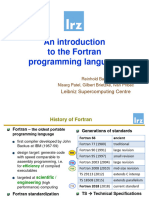0% found this document useful (0 votes)
33 views23 pagesData Structures
This document summarizes key concepts about data structures and algorithms. It discusses how data can be organized into fields, records, and files. A record contains a collection of field values for a given entity. A file contains a collection of records. It also describes linear and non-linear data structures, as well as common data structure operations like traversing, inserting, deleting, searching, sorting, and merging. The document concludes by explaining the three types of algorithmic flow: sequential, conditional, and repetitive.
Uploaded by
udaiyarsathiyaseelan SIES GSTCopyright
© © All Rights Reserved
We take content rights seriously. If you suspect this is your content, claim it here.
Available Formats
Download as PDF, TXT or read online on Scribd
0% found this document useful (0 votes)
33 views23 pagesData Structures
This document summarizes key concepts about data structures and algorithms. It discusses how data can be organized into fields, records, and files. A record contains a collection of field values for a given entity. A file contains a collection of records. It also describes linear and non-linear data structures, as well as common data structure operations like traversing, inserting, deleting, searching, sorting, and merging. The document concludes by explaining the three types of algorithmic flow: sequential, conditional, and repetitive.
Uploaded by
udaiyarsathiyaseelan SIES GSTCopyright
© © All Rights Reserved
We take content rights seriously. If you suspect this is your content, claim it here.
Available Formats
Download as PDF, TXT or read online on Scribd
/ 23



